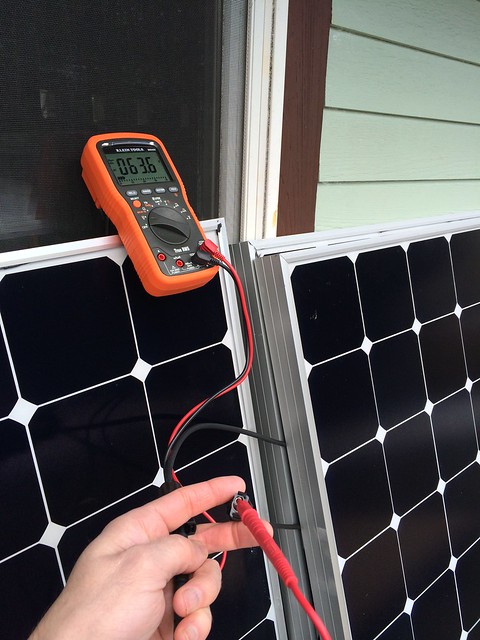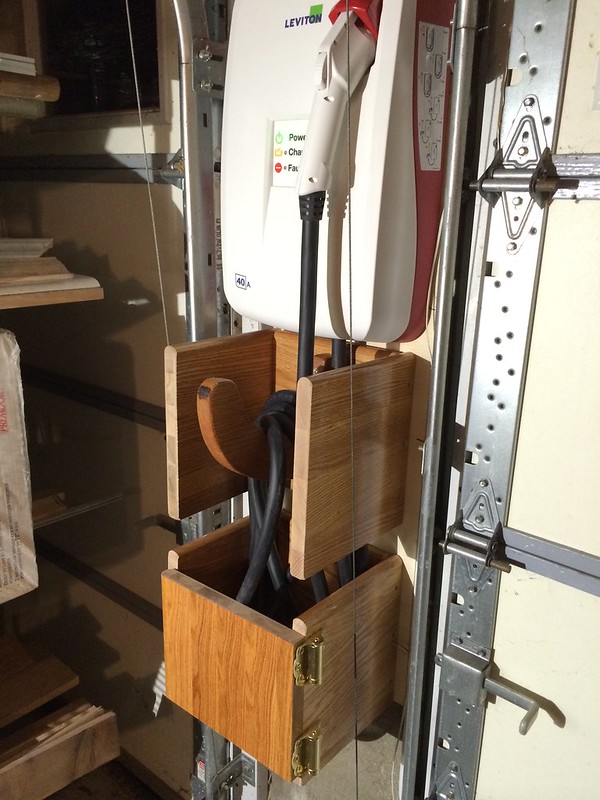RJSATLBA
Well-known member
I've just started to consider installing solar panels. I'd appreciate comments on whether there any any particular considerations or pitfalls to avoid when one of the main uses will be charging the i3.

MikeS said:Ive had my PV installation from almost 2 years and am very please with it. My roof faces SW so I get power produced from around 1300 to sunset. On a sunny afternoon with my 12 panels the system produces around 12kw.
RJSATLBA said:I've just started to consider installing solar panels. I'd appreciate comments on whether there any any particular considerations or pitfalls to avoid when one of the main uses will be charging the i3.
RJSATLBA said:Thanks to all for the feedback.
I'm retired so my comings and goings don't follow a daily pattern, some days I'd probably be able to get a fairly good charge from thr PVs using a low charge rate but on others I would probably end up using some REx if I tried to make do without increasing the charge rate to draw from the grid.
Another thought has occurred, might it still make sense to switch to Economy 7 and charge overnight, it looks as if the cost would be less than the feed in tariff and the environmental contribution from the PVs would be the same whether it goes into the i3 HV or into the grid.
That's about $4.50 per watt US, which is what it costs around here for a quality system (SMA inverter and name brand mono crystalline panels) before federal and other incentives.Gonville said:Just had a quote for £8k for a 10 panel 3kw system. Includes 10 year warranty on bits and 20 year on the panels. Inclusive device for switching output to immersion.
Seems like a bit much.


fdl1409 said:8k Pound for 3 kW, that is a very high price. Here in Germany we pay about 1.400 Euro ( 1.130 Pound ) per kW ( without tax, which we get back ) for a 10 kW System.
Make it not too small, prices are much better for bigger installations. I will fill my roof east and west with 16-20 kW in a few weeks.
@CompoMagic
I am considering Solaredge too, if I find someone to install it. Want to use the 600W optimizers for 2 panels each.
Why 2 x 10 kW, price is much better if you use 1 x 17 kW. And you hardly loose any power with some undersizing like that, maybe 1-2%.
Frank
Germany
Paul Morris on speakEV said:System 1: 2.50 kW £7000, 10 Innotech DB 250 panels (5 each roof), Micro inverters. ROI yr 1 7.0%
System 2: 3.50 kW £5795, 14 REC 250W panels (7 each roof), SMA4000TL inverter. ROI yr 1 9.1%
System 3: 3.64 kW £6193, 14 REC 260W panels (7 each roof), SMA4000TL inverter, ROI yr1 8.8%
System 4: 3.27 kW £8442, 10 SunPower E 327 panels (5 each roof), Solar Edge inverter. ROI yr 1 7.8%
Enter your email address to join: